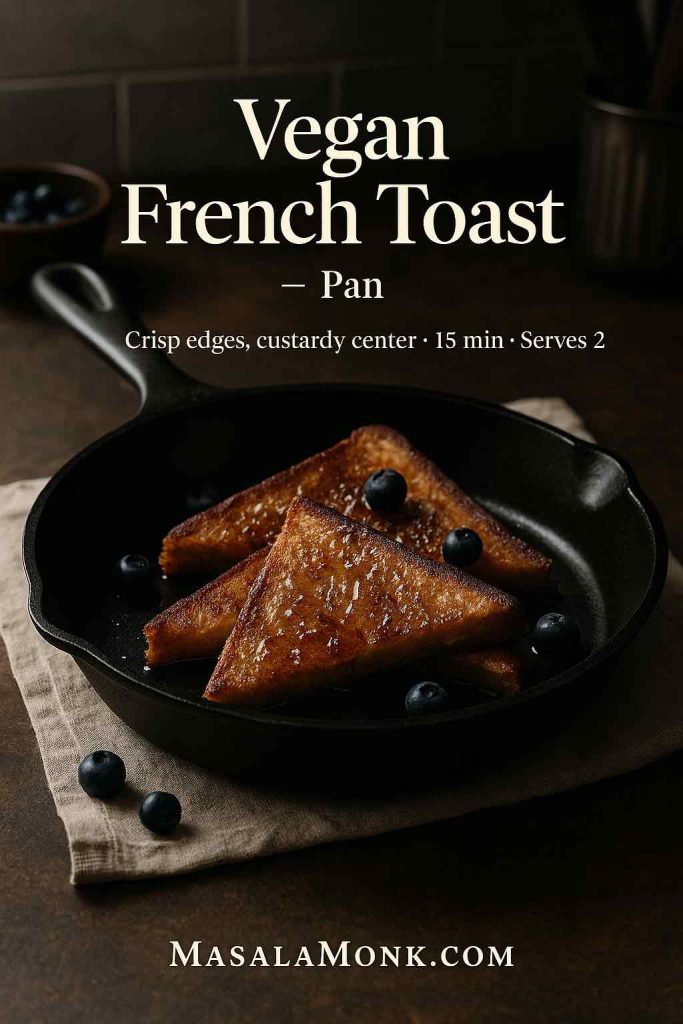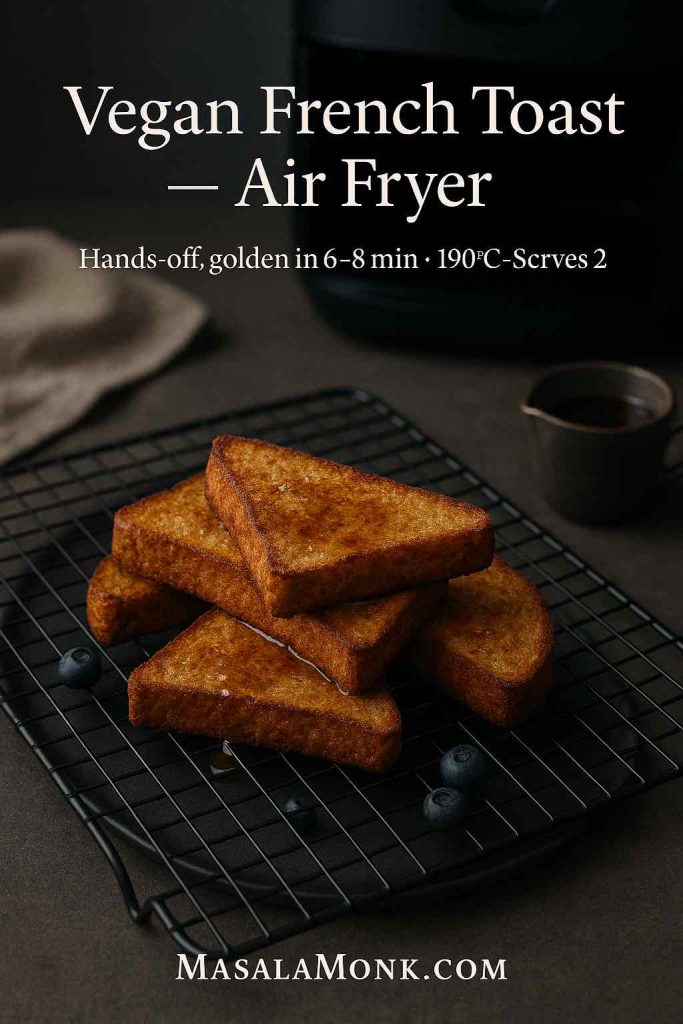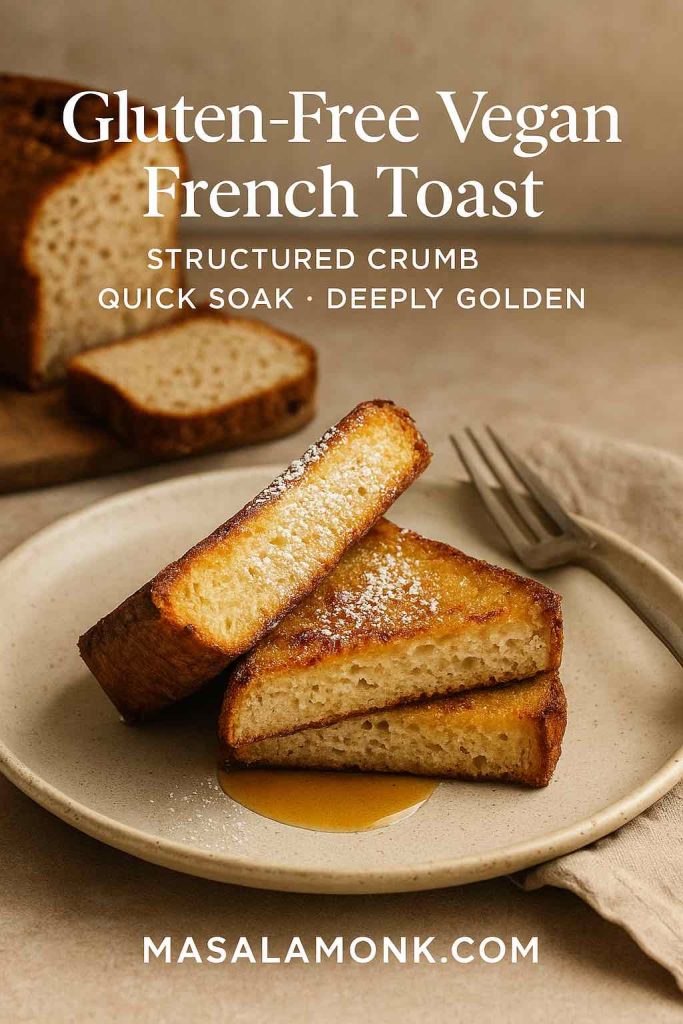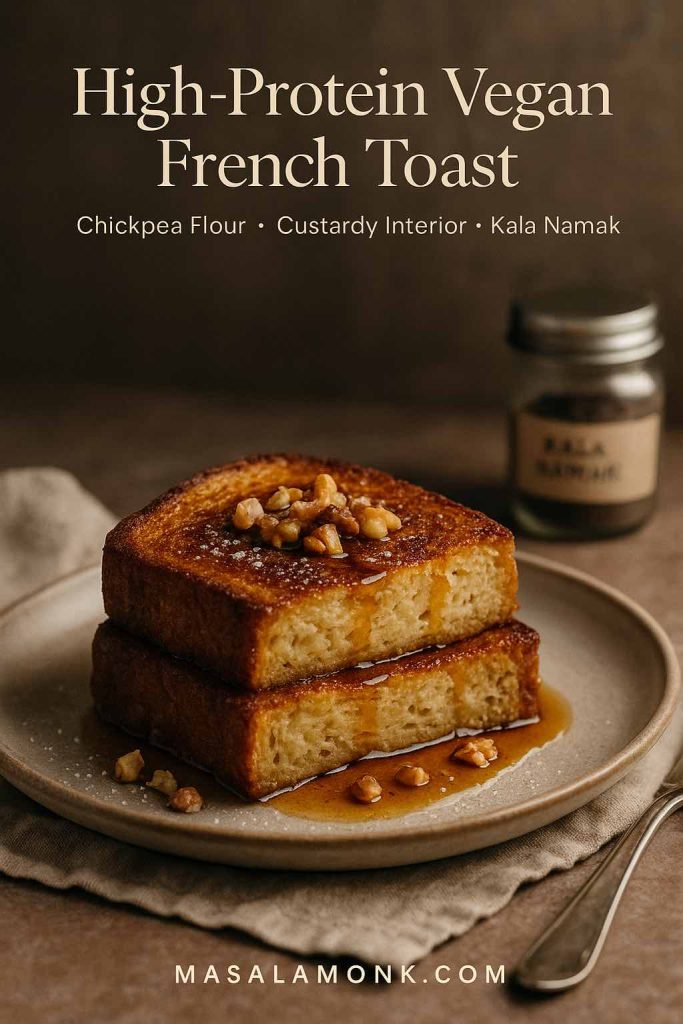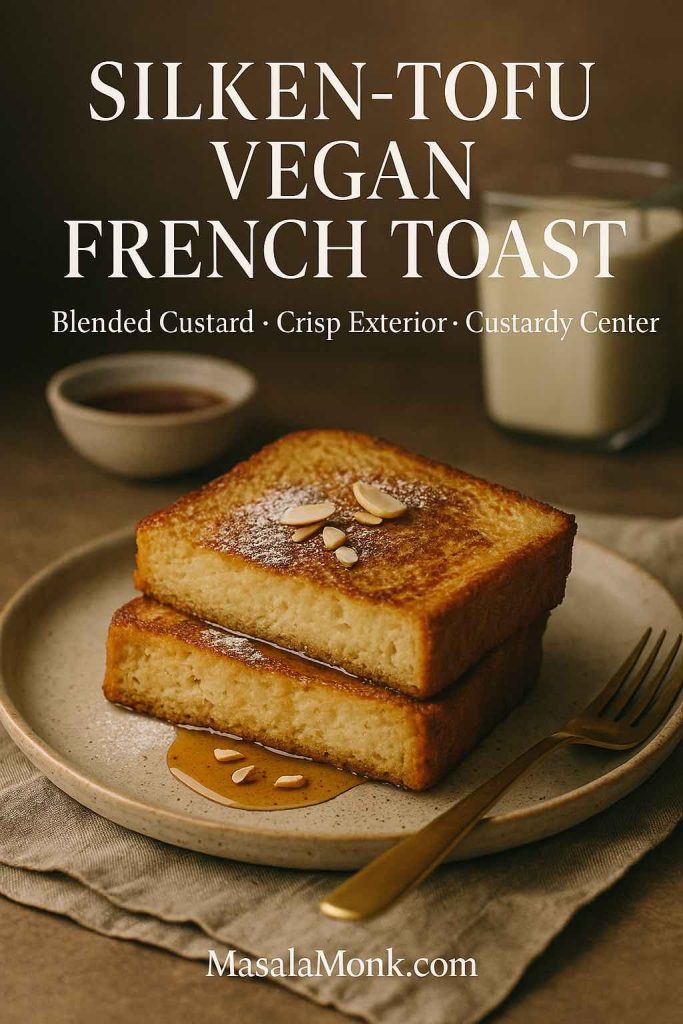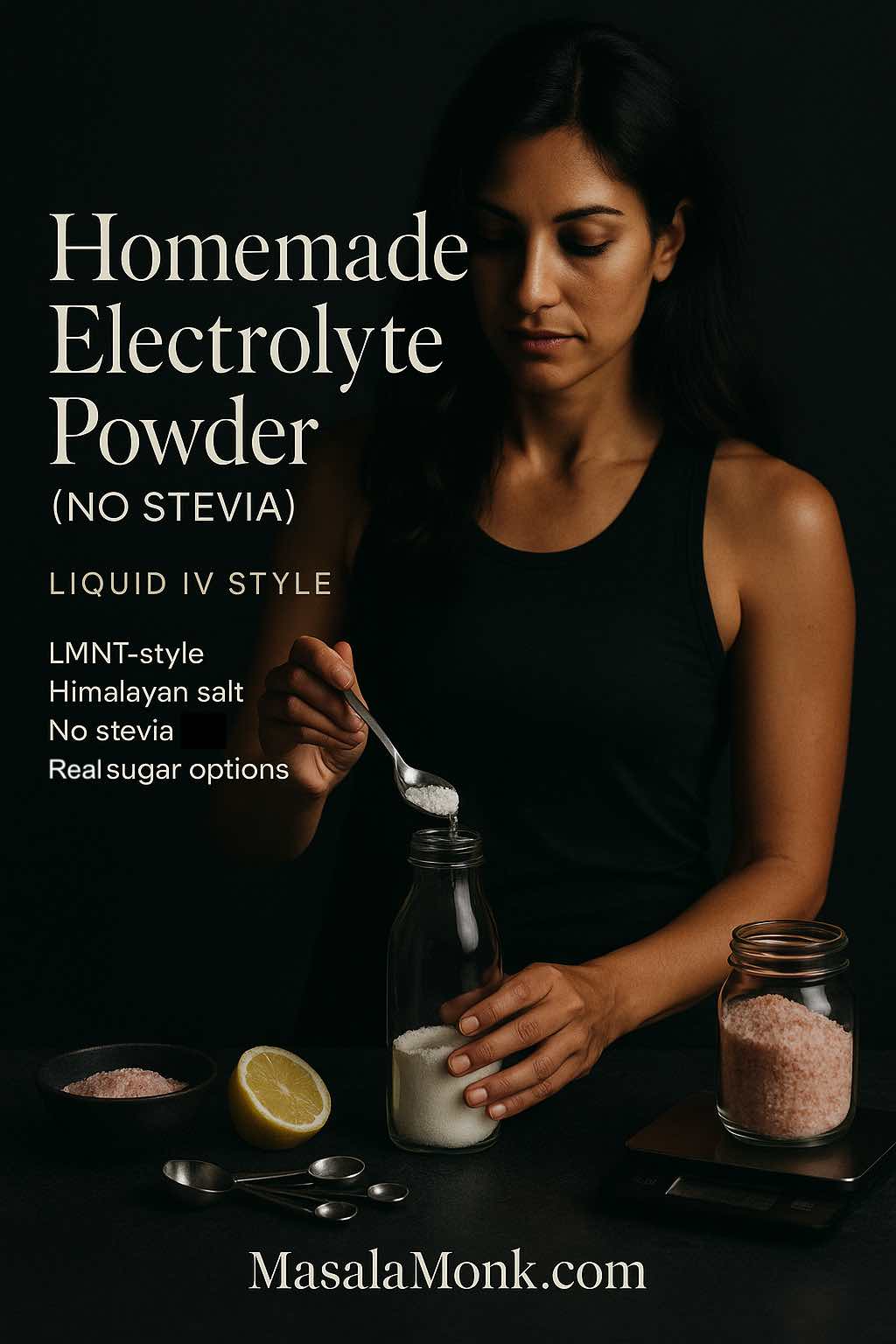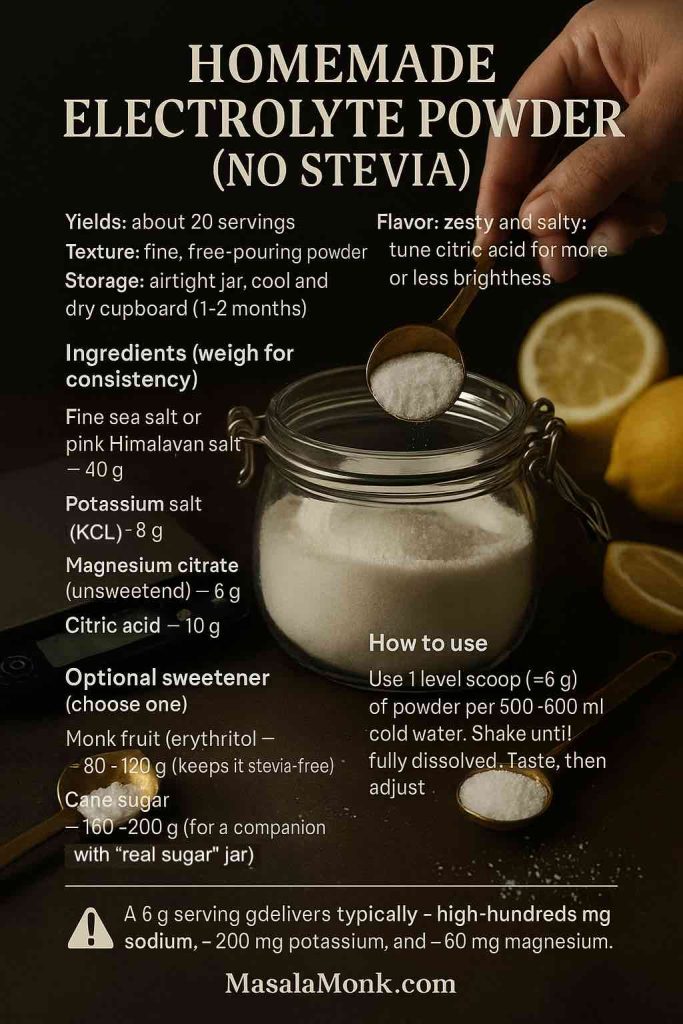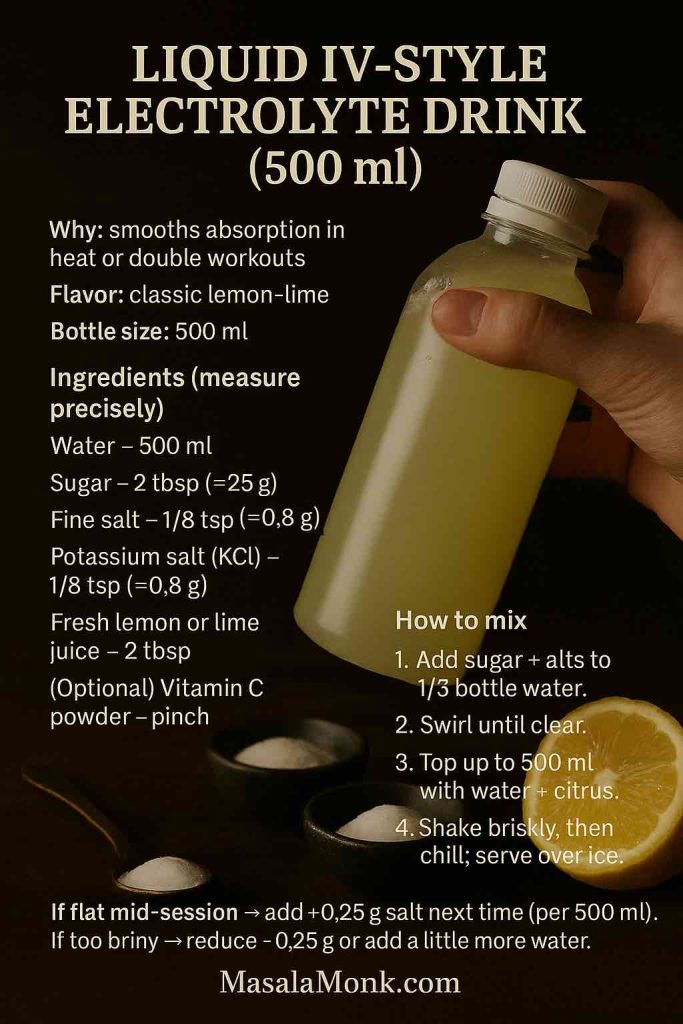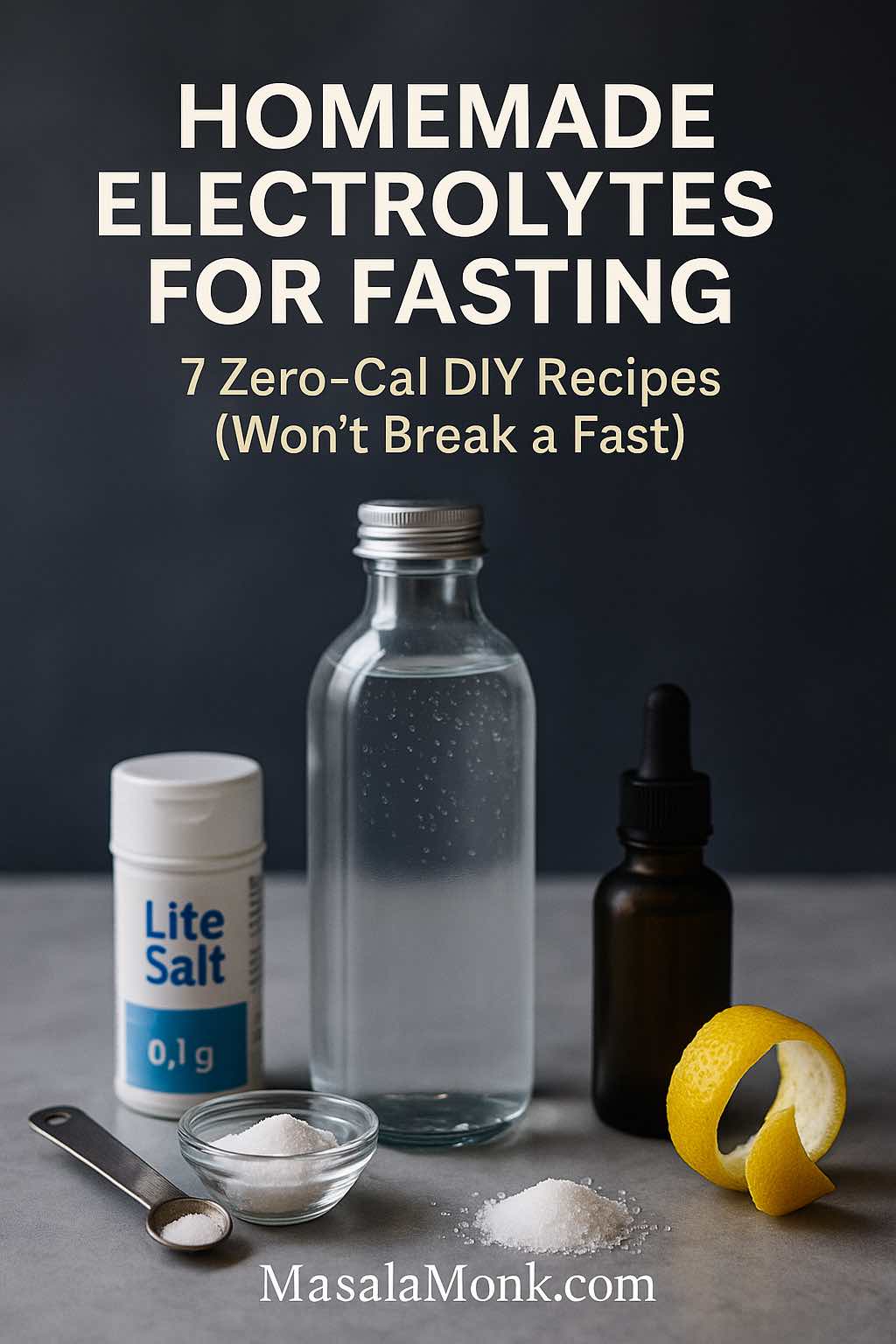
When you crave a macaroni and cheese recipe, chances are you’re picturing a bowl of silky noodles wrapped in a molten, savory blanket—nostalgic yet refined, familiar yet endlessly adaptable. In that spirit, what follows is a single, dependable blueprint that branches gracefully into three proven versions: a quick, creamy stovetop you can finish on a weeknight without breaking a sweat; a creamy baked casserole crowned with a bronzed, crunchy top; and a Southern baked, custard-style classic that slices neatly and holds beautifully for gatherings. As we go, you’ll also find natural places to layer in chicken, to lighten or enrich, and to experiment with cheeses—plus a few carefully chosen references for technique, safety, and smart flavor moves.
Creamy Stovetop Macaroni & Cheese Recipe (Ready Fast, Stays Silky)
First, let’s anchor the base. This stovetop method leans on a softly cooked roux, warmed milk, and patient whisking before the cheese ever touches heat. Then, crucially, the melt happens off the burner, which prevents the proteins from tightening and turning grainy. Not only does this approach deliver a glossy sauce, but it also makes the whole process calmer and more forgiving.
Ingredients (serves 4):
- 225 g (8 oz) elbow macaroni (or cavatappi), cooked very al dente in generously salted water
- 30 g (2 Tbsp) unsalted butter
- 20 g (about 2½ Tbsp) all-purpose flour
- 480 ml (2 cups) whole milk, gently warmed
- 60 ml (¼ cup) evaporated milk (optional, for sheen and stability)
- 170 g sharp cheddar, finely grated
- 70 g Gruyère or Monterey Jack, finely grated
- 1 thin slice American cheese (optional, for ultra-smooth emulsion)
- ¾ tsp kosher salt, or to taste
- ¼ tsp mustard powder
- Pinch of white pepper and a light dusting of sweet paprika

Method:
- Boil and time it right. Cook the pasta in well-salted water until one minute shy of al dente; drain but reserve about ½ cup of starchy cooking water. Meanwhile, warm the milk in a small pot or microwave—it shouldn’t be hot, just comfortably warm.
- Roux, but gently. In a wide saucepan over medium heat, melt the butter. Sprinkle in the flour and whisk for 60–90 seconds; you’re cooking out the raw edge, not browning.
- Build the béchamel. Whisk in the warm milk gradually, stirring constantly to avoid lumps. Bring to a lazy simmer and cook for 3–4 minutes, until the sauce lightly coats the back of a spoon. If using, stir in the evaporated milk.
- Take it off the heat. Slide the pan off the burner. Stir in the cheddar and Gruyère in two or three small additions, letting each handful melt before adding the next. If you want a super-glossy, café-style finish, slip in the optional slice of American at the end. Season with salt, mustard powder, white pepper, and paprika.
- Finish to gloss. Fold in the pasta. If the sauce tightens, loosen with a tablespoon or two of the reserved pasta water. You’re aiming for a sauce that clings without clumping, shining lightly on every elbow.
Because technique matters, it helps to remember why this works: cheese melts best away from direct heat, and gradual additions prevent seizing. If you’d like a deeper dive into emulsified cheese sauces—including an approachable explanation of why evaporated milk and a touch of starch make them more stable—the step-by-step breakdown by Serious Eats is a clear, practical companion you can consult for extra confidence (ultra-gooey stovetop method and a concise explainer on stabilizers here).
Baked Macaroni & Cheese Recipe (Creamy Center, Crunchy Top)
Sometimes, what you want is a bubbling, cozy casserole that starts with the same silky base and then bakes just long enough to marry flavors and crisp the lid. Rather than reinvent the wheel, we’ll take that stovetop sauce and invite it into the oven for a short visit.
Ingredients & Setup:
Prepare the stovetop version as written. Butter a 9×9-inch (or similar) baking dish. Combine 1 cup panko with 1 Tbsp melted butter and a pinch of salt; set aside 1 cup of grated cheddar.
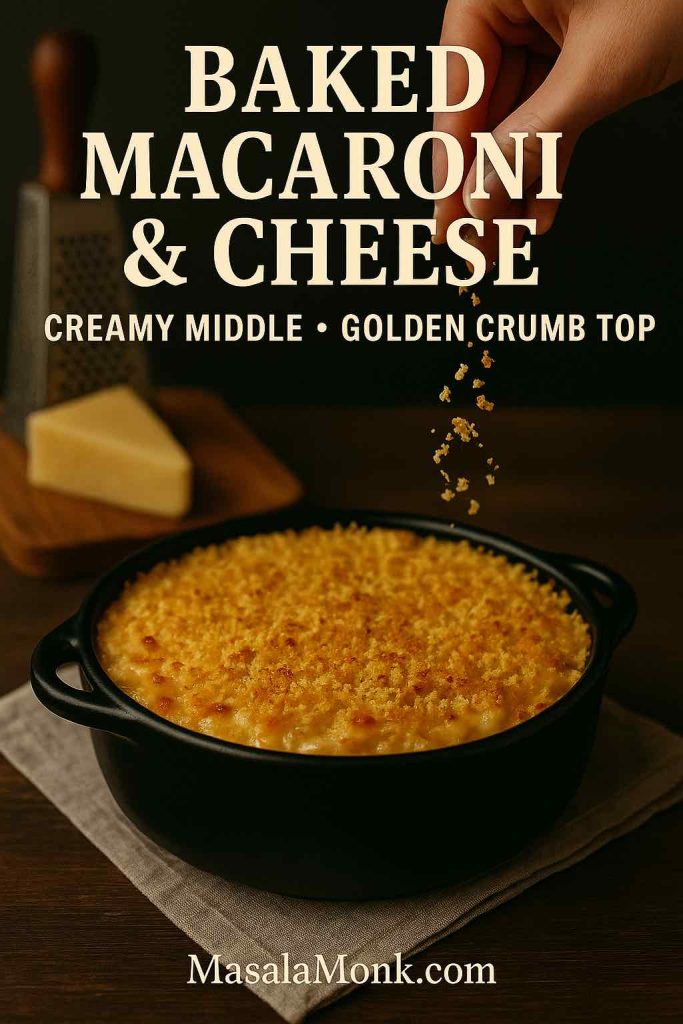
Bake:
- Stir the drained pasta into the finished sauce, then transfer the mixture to the buttered dish.
- Scatter the extra cheddar over the top, followed by the buttered panko.
- Bake at 190 °C / 375 °F for 15–20 minutes, until the edges barely bubble and the crumb turns golden. For a final flourish, broil for 1–2 minutes, just until the top is audibly crisp when tapped.
For extra insurance against splitting, a splash of evaporated milk in the sauce and finely grated cheese (not thick shreds) make a noticeable difference. If you enjoy exploring why evaporated milk and cornstarch prevent breakage, the technique notes from Serious Eats are well worth a quick read (stable cheese sauce method).
Southern Baked Macaroni & Cheese Recipe (Custard-Style, Sliceable)
On holidays and church tables across the South, you’ll find a different—but equally beloved—style: a custard set with eggs and enriched by evaporated milk. The texture is tender, sliceable, and deeply comforting; moreover, it holds exceptionally well on buffets and travels neatly to potlucks.
Ingredients (serves 6):
- 225 g elbows, cooked to firm al dente
- 2 large eggs, beaten
- 360 ml (1½ cups) evaporated milk
- 120 ml (½ cup) whole milk
- 280 g cheese blend (for example, 200 g sharp cheddar + 80 g Colby or Jack), divided
- 30 g butter, melted
- ½ tsp kosher salt; ¼ tsp black pepper; pinch paprika
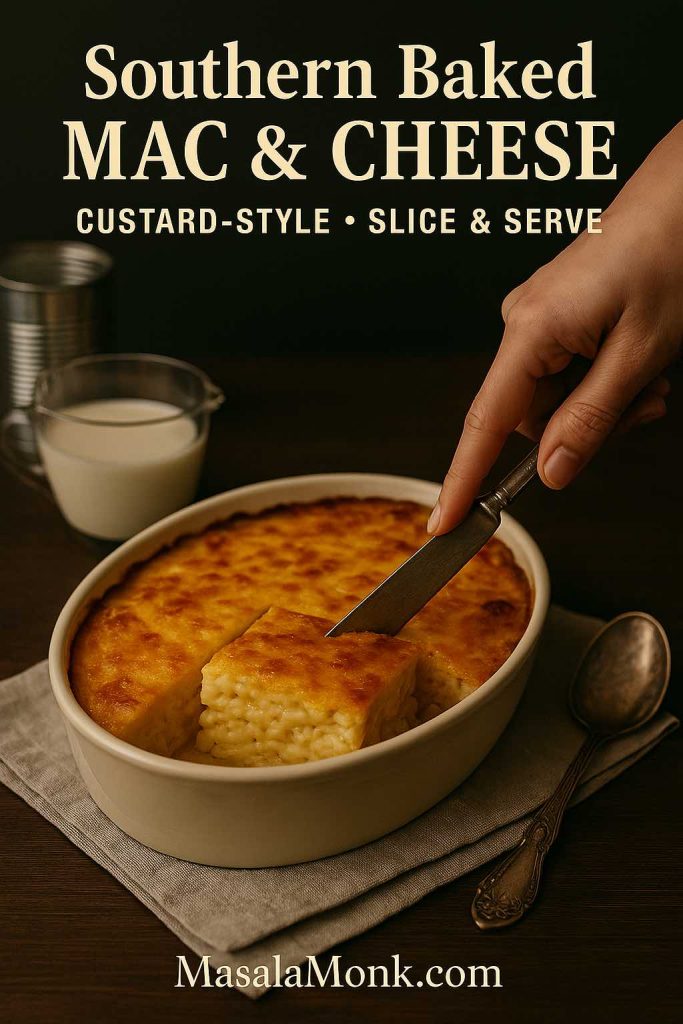
Method:
- Toss the hot pasta with half the cheese and the melted butter; spread it evenly in a buttered 8×8-inch dish.
- Whisk together the eggs, evaporated milk, whole milk, salt, and pepper. Pour the custard over the pasta. Top with the remaining cheese and dust lightly with paprika.
- Bake at 175 °C / 350 °F for about 30–35 minutes, until the center is just set and the top is gently browned. Let it rest 10 minutes before cutting.
Because this version contains eggs, it’s wise to check that the center reaches 160 °F / 71 °C. A quick-read thermometer makes this easy; for a straightforward reference, the USDA/FSIS safe temperature chart is the standard many pros keep bookmarked (official chart and an egg-dish note for clarity here).
Cheese Choices That Actually Melt (and How to Blend for Balance)
Now, let’s talk flavor and function in one breath. Sharp cheddar brings that quintessential mac-and-cheese profile; however, when used alone, it can turn a little pasty. To counter this, combine it with a young, elastic melter—Monterey Jack, young Gouda, or even a restrained portion of mozzarella—so the sauce stays fluid and supple. Then, to lift the aroma, a small share of Gruyère or Emmentaler adds nuttiness without dominating.
As a practical baseline for 240–250 g total cheese, try 60% sharp cheddar, 25% alpine (Gruyère/Emmentaler), 15% easy-melter (Jack/Gouda). For an elegant salty finish, shave in a spoonful of finely grated Parmesan right at the end—handled thoughtfully, it boosts savoriness without tightening the sauce. If you’d like a refresher on Parmesan varieties and how to use them wisely, the MasalaMonk overview offers a handy primer on style, storage, and serving ideas: browse the concise guide to Parmesan and its varieties for context and quick comparisons (MasalaMonk primer) and, for a side-by-side, this deeper Parmesan vs. Parmigiano Reggiano piece breaks down labeling, flavor, and age cues in plain language (comparison guide).
If you ever want showroom-smooth sauce while using stronger, older cheeses, you can also explore sodium citrate—a simple, safe emulsifying salt that keeps melted cheese from separating. It’s not required, yet it’s fascinating to learn; for an approachable, kitchen-tested walkthrough, the Serious Eats breakdown shows how a pinch turns almost any cheese blend into a glossy, pourable dream (sodium-citrate baked method and the broader mac & cheese overview with variations here).
Variation Pathways (Layer More Flavor Without Losing the Plot)
Because the base is flexible, you can extend this macaroni and cheese recipe in several directions without compromising texture. Rather than sprawl into fully separate recipes, think of these as compact pathways you can fold in as needed.
Chicken Macaroni & Cheese Recipe (Comforting and Hearty)
Warm, gently seasoned chicken plays especially well with creamy sauces. After saucing the pasta, fold in 2 cups of diced roast chicken; the residual heat is enough to warm it through without drying. If you’re hunting for subtle flavor ideas that won’t clash with dairy—think a whisper of garlic, a hint of herbs—our MasalaMonk Chicken Alfredo collection explores creamy, chicken-forward combinations that transfer beautifully into mac and cheese without overshadowing the cheese base (find inspiring pairings).
Macaroni & Cheese Recipe with Cream Cheese (Even Silkier)
If you love an extra-lux mouthfeel, whisk in 60–90 g cream cheese off the heat, then reduce the cheddar by about 15% to keep salt in balance. This trick mimics the stability you’d get from processed slices while remaining firmly in “from-scratch” territory. If you’d like the science behind why a little stabilized dairy keeps the emulsion glossy, the practical testing notes by Serious Eats illustrate how evaporated milk and a touch of starch prevent separation without adding gumminess (technique explainer).
Three-Ingredient Macaroni & Cheese Recipe (Minimalist, Weeknight)
For nights when you want dinner with vanishing effort, use pasta, milk, and cheese alone. Simmer the pasta directly in milk with frequent stirring until barely tender, remove from heat, and add finely grated cheese in small handfuls. The result tastes nostalgic and takes scarcely more time than a boxed dinner; if you’d like a tested baseline, Serious Eats has a straightforward version that gets the job done without fuss (three-ingredient approach).
White Cheddar Macaroni & Cheese Recipe
Swap the blend for 100% white cheddar, ideally medium sharp rather than extra-aged. To keep the texture lively, add a whisper of mustard powder and finish with a spoonful of pasta water; this simple tweak maintains flow and prevents the sauce from turning claggy.
Gouda or Jack Accents (Nutty or Mildly Sweet)
When you want mellow sweetness or a nudge of nuttiness, fold young Gouda or Monterey Jack into your cheddar base at a 40:60 ratio. Meanwhile, if you’re tempted by smoked Gouda, keep it to 20–25% of the blend; otherwise, it can dominate.
Holiday & Potluck Strategy (Make-Ahead Without Stress)
Before a gathering, assemble either baked version up to 24 hours in advance. Cover and refrigerate, then bake covered until heated through; uncover toward the end so the top browns. For a whisper of depth that reads “festive” rather than “smoky,” finish with a dusting of sweet paprika. For more gentle paprika routes that respect dairy’s sweetness, the MasalaMonk paprika-in-classics guide offers clever, balanced ideas you can borrow without overpowering the dish (practical paprika tips).
Gluten-Free, Lactose-Conscious, and Low-Carb Considerations
If you’re cooking for gluten-free guests, switch to GF elbows and build the roux with rice flour; the method is identical, though you may find the sauce sets a hair faster. If you’re reducing lactose, opt for lactose-free milk and focus on aged cheeses, which typically contain far less residual lactose than young, fresh styles. And if you’re steering low-carb, try roasted cauliflower florets as the base, then finish with slightly more sauce for coverage. For a helpful sweep of practical swaps and carb-conscious alternatives, our MasalaMonk keto pasta guides lay out approachable options—from zucchini ribbons to spaghetti squash—while explaining how to season them so the dish still tastes indulgent (low-carb pasta options and a broader keto-friendly overview here).
Texture Troubleshooting (Quick Fixes That Respect the Sauce)
Even with a steady hand, sauce can misbehave; fortunately, a few calm adjustments bring it back in line.
If it’s grainy or greasy: You likely melted the cheese over too much heat or added it too fast. Pull the pot off the burner, whisk vigorously, and trickle in a tablespoon or two of warm milk to re-emulsify. Next time, keep the pan off heat during the melt and add cheese in handfuls. If you’re curious about the “why,” the emulsification explanation in the Serious Eats mac series translates kitchen chemistry into everyday steps you can actually use (overview with technique notes).
If it’s too thin: Simmer the béchamel a touch longer before adding cheese; or, whisk 1 tsp cornstarch into 1 Tbsp cold milk, then stir that into the gently simmering sauce for 30–60 seconds. This minor adjustment thickens without chalkiness and, importantly, won’t dull the cheese flavor.
If it’s too thick: Ease in warm milk or a spoon of pasta water until the sauce flows freely again. Because starch can tighten as it cools, it’s normal to need a splash more liquid at the table.
If reheating: Stir low and slow with a splash of milk; avoid high heat. For baked leftovers, cover with foil and warm gently. Softness returns as the sauce relaxes and regains moisture.
Also Read: Lentil Pasta for Weight Loss: Nutrition, Best Brands & 5 Healthy Recipes
Flavor Lifts That Don’t Overpower
Cheese loves restraint. Accordingly, keep boosts small and purposeful so the dairy still sings.
- Mustard powder: A tiny pinch (⅛–¼ tsp) brightens cheddar and lifts aroma without shouting.
- White pepper: A whisper adds warmth without speckling the sauce.
- Onion powder or garlic powder: Go light—⅛ tsp at a time—so you add a hum rather than a headline.
- Paprika: Sweet for color and softness; smoked only in the smallest quantities, ideally on top rather than in the sauce.
- Nutmeg: One or two gentle gratings in the béchamel, especially if you’re leaning alpine with Gruyère.
If you’d like to practice restraint with creamy sauces while still layering interest, the balanced approach in our Classic vs. Authentic Alfredo walkthrough shows how to use starchy pasta water, butter, and cheese to create dimension without clutter—ideas that port gracefully into mac and cheese as well (learn the gentle emulsion approach). And for more creative yet dairy-friendly directions, the Indian-inspired Alfredo riffs offer nuanced spice paths that flatter, not fight, a cream-and-cheese base (five subtle twists).
The “Why” Behind Small Habits That Matter
A few small behaviors do the heavy lifting:
- Warm the milk. Cold milk can seize the roux and create tiny lumps that never fully smooth out.
- Grate finely. Thin shreds melt evenly and quickly; thick batons resist and clump.
- Melt off heat. Cheese proteins are delicate; gentle residual heat delivers silk instead of chalk.
- Season late. Salt levels vary wildly among cheeses. Taste after melting, not before.
- Hold back pasta water. A tablespoon or two can rescue a sauce that tightened while you grabbed bowls.
- Rest custards. The Southern baked version continues to set after leaving the oven; give it 10 minutes before cutting.
If your curiosity runs deeper, the modern mac-and-cheese canon collected by Serious Eats stitches together precisely these habits with testing notes you can use immediately, from stovetop to baked—and from classic cheddar blends to sodium-citrate adventures (explore the collection). Meanwhile, when you’re preparing the egg-set Southern style, it never hurts to keep the USDA temperature reference close at hand for that easy 71 °C target (official guidance).
Ingredient Swaps That Preserve Structure
Because life happens, let’s outline safe substitutions that won’t disrupt the balance:
- Milk: 2% works with a touch of extra butter; half-and-half works if you loosen with pasta water to avoid over-thickening.
- Flour: Rice flour performs well in the roux for gluten-free guests; whisk diligently and give it an extra 30 seconds on the heat to tame any raw note.
- Cheddar: Medium sharp melts more kindly than extra-aged; if using very old cheddar, fold in 10–15% Monterey Jack for elasticity.
- Butter: Neutral oils can stand in for the roux, yet butter’s milk solids add flavor; if substituting, consider finishing with a small pat of butter at the end for aroma.
And if you’re pursuing low-carb or simply variety, moving from pasta to roasted cauliflower florets changes the dish’s feel while keeping the spirit intact. To make that detour more satisfying, skim the MasalaMonk low-carb pasta alternatives; the strategies there translate directly to mac and cheese and help you keep richness without wobbling structure (practical low-carb swaps).
Bringing It All Together
At its heart, a macaroni & cheese recipe should be dependable, comforting, and easy to tailor. The creamy stovetop builds confidence because it behaves; the baked variation adds celebration with texture and aroma; the Southern custard provides nostalgia and crowd-pleasing structure. From there, you can nudge flavor—toward chicken for heartiness, toward white cheddar for clarity, toward alpine notes for depth—while the technique remains steady beneath your hands.
As you cook, let small, careful moves do the work: warm the milk before whisking, melt the cheese off heat, grate finely, season at the end, and keep a little pasta water on standby. If you’re feeding a crowd, assemble ahead and bake gently; if you’re feeding yourself, the stovetop pan will be ready before you’re done setting the table. And should you want to explore richer emulsions, silkier textures, or kitchen-tested tweaks, the thoughtfully written technique pieces from Serious Eats give you both confidence and clarity, while the USDA benchmarks keep holiday casseroles safely on target. Meanwhile, when you’re hungry for friendly flavor expansions—cheese primers, paprika tips, creamy chicken pairings—the linked MasalaMonk guides open the door to variations that respect the dish’s soul rather than drown it out.
In the end, whether you spoon it steaming from the pot, crack through a breadcrumb crust, or slice a custard-set square beside collards and cornbread, you’re returning to the same promise: warm noodles, a gentled emulsion, and the kind of cheesy comfort that meets you exactly where you are tonight.
FAQs
1) What is the best macaroni and cheese recipe for beginners?
For a first timer, a classic stovetop macaroni and cheese recipe is ideal: make a light roux (equal parts butter and flour), whisk in warm milk to form a béchamel, then melt in finely grated cheddar with a secondary melter like Monterey Jack off the heat. This path is quick, forgiving, and produces a glossy sauce without special equipment.
2) Which cheeses melt best for mac and cheese?
Aim for a blend: primarily sharp cheddar for flavor, supported by a young melter (Monterey Jack, young Gouda, or low-moisture mozzarella). Optionally, include a little Gruyère or Emmentaler for nutty depth. This combination delivers flavor, stretch, and smoothness without becoming oily.
3) How can I keep my cheese sauce from turning grainy or greasy?
Remove the pan from direct heat before adding cheese; stir in small handfuls until each addition melts. Furthermore, grate cheese finely, warm the milk beforehand, and avoid pre-shredded bags with anti-caking starch if possible. Gentle handling prevents the proteins from tightening.
4) What pasta shape works best—and why?
Elbows are traditional, yet cavatappi and small shells catch sauce superbly. Because ridges and curves hold more béchamel, these shapes create a creamier bite. Cook them 1–2 minutes shy of al dente so they finish perfectly in the sauce or in the oven.
5) How do I thicken a mac and cheese sauce that’s too loose?
Let the béchamel simmer briefly to reduce; otherwise, whisk 1 teaspoon cornstarch into 1 tablespoon cold milk and stir that into the gently bubbling sauce for 30–60 seconds. Subsequently, add cheese off heat and reassess; the melt will thicken it further.
6) How do I fix a sauce that set up too thick?
Stir in warm milk or a spoon of reserved pasta water a bit at a time until it flows. Additionally, toss the hot pasta in sooner; the starch on its surface will naturally thin the sauce to a glossy consistency.
7) What’s the difference between creamy baked and Southern baked mac and cheese?
Creamy baked begins as stovetop mac and cheese, then bakes briefly under a breadcrumb or extra-cheese topping for a golden crust. By contrast, Southern baked uses a custard base (eggs + evaporated milk), setting into neat slices with a nostalgic, Sunday-table texture.
8) Can I use only cheddar, or should I mix cheeses?
Only cheddar works, but moderate the age: medium sharp melts more kindly than extra-aged. Conversely, a blend (cheddar + Jack/Gouda + a little Gruyère) offers superior silkiness and layered flavor. Balance wins here.
9) Is heavy cream better than milk for a macaroni and cheese recipe?
Heavy cream makes a richer sauce but can turn cloying or overly thick. Whole milk (sometimes with a splash of evaporated milk) keeps things velvety without dulling flavor. If you choose cream, loosen with pasta water so the sauce still drapes rather than sits.
10) How do I make mac and cheese extra creamy without processed cheese?
Melt cheese off heat, use a finely grated blend, and add a few tablespoons of evaporated milk for stability. Moreover, a small spoon of cream cheese can add silkiness while keeping a from-scratch feel. Finish with pasta water for sheen.
11) What are the best breadcrumbs for a crunchy baked topping?
Butter-toasted panko creates an audible crunch. Alternatively, mix half panko and half grated cheddar for flavor plus texture. Spread in an even layer and bake just to golden; then, broil briefly for a shattering crust.
12) How do I make a gluten-free mac and cheese that still tastes great?
Swap in gluten-free elbows and make the roux with rice flour. Whisk attentively and give the sauce an extra 30 seconds of simmer to cook out any raw note. Otherwise, follow the same method; the result remains creamy and familiar.
13) Can I make a lactose-friendly version without losing flavor?
Use lactose-free milk and favor aged cheeses (they naturally contain less residual lactose). In addition, rely on mustard powder, paprika, and a little Parmesan for savory lift so you don’t need to overload dairy to taste rich.
14) What’s the simplest 3-ingredient approach for busy nights?
Cook pasta in milk with frequent stirring until just tender, then take the pot off heat and stir in finely grated cheese. Consequently, you get a nostalgic, minimal macaroni and cheese recipe in minutes—no roux required.
15) How do I add chicken without drying it out?
Fold in bite-size pieces of warm, cooked chicken at the very end so residual heat brings them to temperature. Light seasoning—think a pinch of garlic powder or thyme—enhances the dish without muting the cheese.
16) How do I reheat mac and cheese so it stays creamy?
For stovetop leftovers, add a splash of milk and rewarm on low while stirring. For baked casseroles, cover with foil and heat gently until steamy, then uncover for a few minutes to refresh the top. Avoid high heat, which can split the sauce.
17) Does rinsing pasta help?
Skip rinsing for this dish. The light starch coating on drained pasta helps the sauce cling. Instead, just shake off excess water and move straight to the pot of sauce.
18) How far ahead can I assemble mac and cheese?
Assemble baked versions up to 24 hours in advance. Cover and refrigerate, then bake covered until hot through; uncover to brown at the end. For parties, this make-ahead approach keeps the texture creamy while simplifying timing.
19) Can I freeze mac and cheese?
Yes, although texture softens slightly after thawing. Cool completely, portion tightly, and freeze. Later, reheat covered with a little milk to restore creaminess. Even so, fresh or refrigerated-then-baked versions keep the best bite.
20) What seasonings complement cheese without overpowering it?
Use restraint: a pinch of mustard powder brightens cheddar; white pepper adds warmth without visible specks; sweet paprika lends color and gentle sweetness. Likewise, a whisper of nutmeg in the béchamel harmonizes with alpine cheeses.
21) Why does melting cheese off the heat matter so much?
Direct heat can make proteins contract and separate fat from moisture, causing graininess. Instead, let residual warmth do the melting. In short, slow additions off heat maintain a smooth emulsion and a naturally glossy sauce.
22) How do I scale a macaroni and cheese recipe for a crowd?
Multiply ingredients linearly, then divide into multiple shallow pans so the interior heats evenly and the top browns properly. Additionally, stagger pans on different oven racks and rotate midway for consistent results.
23) What’s the smartest way to lighten the dish without losing comfort?
Opt for 2% milk, keep the roux the same, and finish with a touch more pasta water to maintain flow. Beyond that, consider a sharper cheese for stronger flavor so you can use slightly less overall while the dish still tastes indulgent.
24) Can I make mac and cheese without baking at all?
Absolutely. The stovetop version is designed to be served right away. Meanwhile, if you want a “baked” feel without the oven, sprinkle extra cheese and buttered crumbs over hot mac and cheese and cover for a minute to soften the topping slightly.
25) What’s the ideal salt strategy with multiple cheeses?
Season late and in stages. Since cheeses vary in salinity, taste after the melt, then adjust. Ultimately, a small pinch of salt at the end is often enough once Parmesan or aged cheddar enters the mix.


